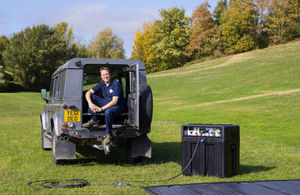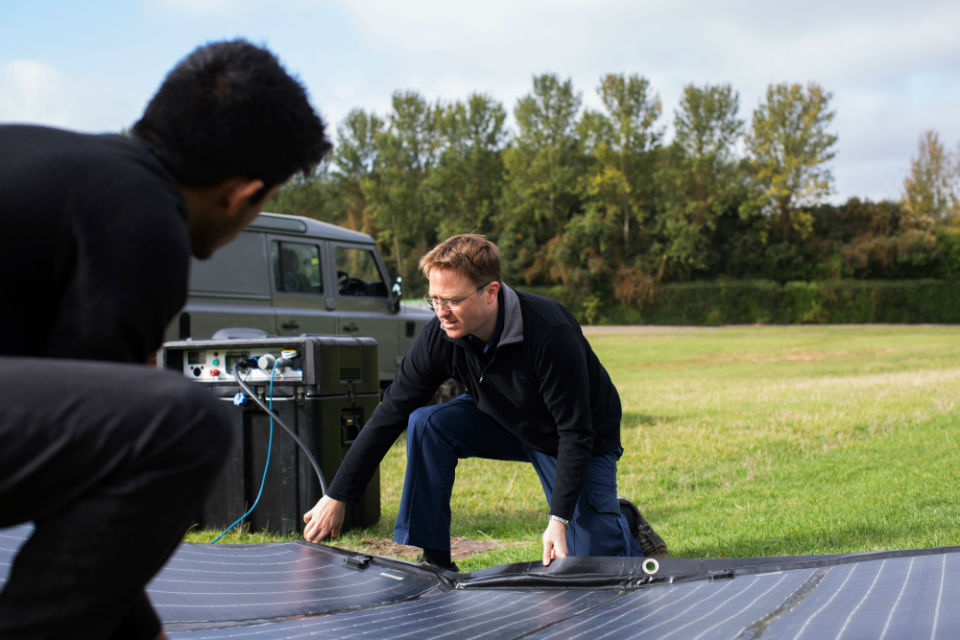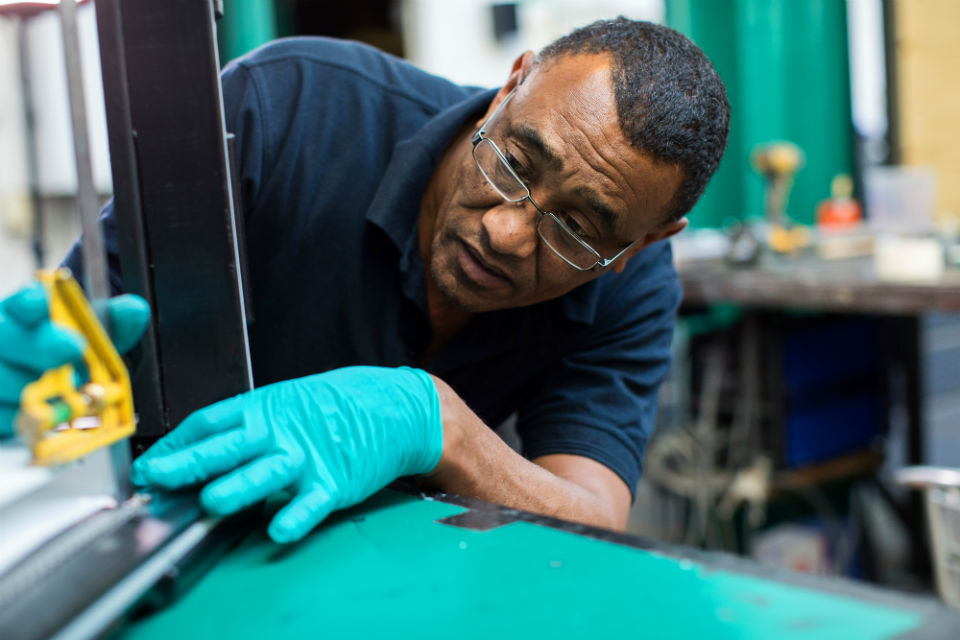Renovagen rolls out lightweight, portable solar power
The system – developed with Innovate UK support – can be deployed to provide power quickly and cheaply in off-grid and disaster-struck locations.

Renovagen founder, John Hingley.
Renewable technology has the potential to take sustainable, flexible power generation and storage to people and places that don’t currently have it.
But, despite advances, the provision of off-grid electricity, particularly in remote and temporarily populated locations, remains challenging.
Milton-Keynes based Renovagen has developed a small, light, solar-powered system that can be easily deployed to bring power to disconnected communities.
Instantly deploy solar power anywhere – Renovagen
Inspiration from personal experience
John Hingley, the Cambridge engineering graduate who founded Renovagen, was inspired by a solar-powered mobile phone charger he used while travelling around Asia, the Pacific and South America.
John had the idea to look into scaling up the solar technology, while retaining the lightweight, flexible and easy-to-use design.
I’m passionate about clean energy because I want to help address climate change, and also bring sustainable energy to locations where people currently don’t have access to electricity at all.
You need that power for potentially life-saving applications.

The team at Renovagen.
Research and prototyping
In 2014, Renovagen was awarded funding of £60,000 by Innovate UK to explore the feasibility of a rapid roll-out solar system.
Its system performed well in field testing and was able to generate 6kWp (kilowatt-peak), which is enough to power a large home.
It also received about £400,000 from the Welsh Government, Innovate UK and the Department for Business, Energy and Industrial Strategy, through the Welsh SBRI Innovation Accelerator.

Rolling out the solar panel.
The funding allowed Renovagen to explore applications for the technology such as disaster relief, telecommunications, construction, festivals and other outdoor events.
The company’s work aligns with one of the core themes of the government’s Industrial Strategy Grand Challenges, looking at ways to achieve clean growth through low-carbon technologies and a more resource-efficient economy.
Flexible film for light, efficient solar panels
Renovagen uses copper indium gallium selenide solar cells in its panels, which can be moulded into a thin, flexible film. This allows the panels to be easily deployed or removed from a site.
The cells also capture sunlight more efficiently than traditional glass panels, which means their angle of deployment and available light levels are less important.

In the Renovagen factory.
Its technology is now used in 2 systems. The ‘FAST FOLD’ solar mat can be quickly rolled out by hand and packed away when no longer needed and stored in a car. It can function as a mobile headquarters for festivals and events.
‘RAPID ROLL T’ is larger and can be rolled out by a specially-adapted vehicle and trailer for bigger sites within 2 minutes. It’s designed to cope with power-hungry applications, such as mining, disaster relief, events and film production, and could power a 120-bed mobile clinic.
Large-scale solar fields
The immediate future for Renovagen will involve further investment in solar field technology for even larger applications again.
Measuring up to 10 metres wide and 200 metres long, the system currently being developed could be assembled in a few hours to power large-scale operations such as mining sites, oil and gas operations or military medical facilities.
The company believes it is only a matter of time before an output of up to 600kWp could be possible - mobilising solar power on an industrial scale and making large, remote, off-grid power generation a reality.